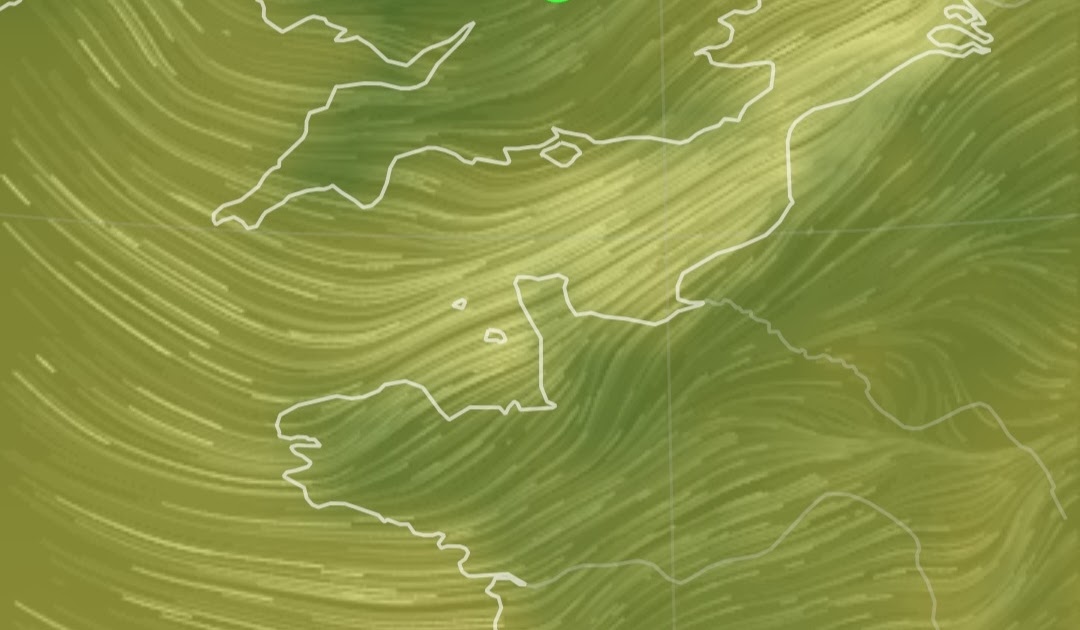Well yes but. Used to sell a UK watery epoxy for old wood stabilization.
I am actually for repairing old wood with new similar wood.
Actually that's his point; doing so is architectural vandalism. Many of the oldest buildings we admire are wooden framed, yet if instead of stablising them, and the craftsmanship that created them, we throw them away, it's like making a copy of a painting.
The wood and the woodwork in itself is as important as the stonework.
M



 it tastes so different that we have a house filter at the kitchen sink.
it tastes so different that we have a house filter at the kitchen sink.


